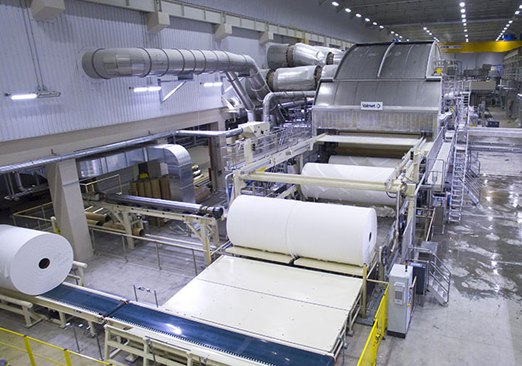RF Level Switch for ESP Fly Ash Hoppers
In thermal power plants, ESP hoppers are used to collect fly ash which is generated from the burning of coal. Since coal burns continuously in these plants, the exhausting gases contain high amounts of fly ash. The fly ash is, hence, collected by the boilers. These boilers contain economizers that work on the principle of gravity. Yet, a large amount of fly ash still manages to escape, and hence additional plates are placed to collect the fly ash. These plates are placed horizontally and are known as Electrostatic Precipitator (ESP) Hoppers.
Understanding ESP Fly Ash Hopper
Principle of Operation – RF Level Switch
Understanding ESP Fly Ash Hopper
The ash handling system in a thermal power plant can be either dry, wet, or semi-automatic wet. ESP hoppers are installed to control the pollutants in the flue gas. Hence, they are placed between the furnace and chimney. ESP hoppers consist of a collection surface for fly ash and electrodes that are placed in the center. The collection surface and the flow of flue gas are parallel to each other so that the fly ash passes through them. A high voltage direct current is used to charge the electrodes negatively. The freely suspended fly ash particles are negatively charged and are attracted towards the positively charged plates. This collected ash is periodically hammered and dusted off the plates and collected in the hoppers.
The process of fly ash collection may sound simple enough to be implemented, however, it involves a range of external factors that drop the functioning, life, and operational cost of ESP hoppers.
The flue gases that flow in between the plates have a relatively low temperature, hence, the temperature of the ESP hoppers tends to drop. The drop in temperature leads to condensation of water and acid in the gases which can crystalize the ash. Moreover, the electrodes present at the base of the ESP Hoppers should not come in contact with the fly ash particles. Once the collected ash starts to settle down, there is a risk of fly ash coming in contact with the electrodes that leads to a short circuit. Hence, ESP Hoppers have to be emptied periodically. Usually, this activity is carried out at a fixed period irrespective of the level of ash present in the hoppers.
Another reason why ESP hoppers have a significant rise in maintenance cost is due to the power required to maintain the temperature in ESP hoppers. A feasible solution to the problem of high-cost maintenance of ESP hoppers is to place an RF level switch for ESP hopper level measurement of fly ash.
Principle of Operation – RF Level Switch
RF Level switch is used to measure the level of fly ash in the ESP hoppers. The arrangement of hoppers under the ESPs is in a fixed matrix form. The ESPs have multiple inlets for the flue gases to flow in. The arrangement is done in such a way that the ash is collected evenly in all the plates. However, more fly ash is collected near the inlets compared to the outlet side due to the temperature variation. This uneven deposition of fly ash makes it difficult to analyze the level of fly ash as it may differ from plate to plate. Also, the removal of the ash from the collected plates is not an easy process. The condensation in the plates makes the ash to crystalize and cement to the surface. This makes the ESP hoppers to go through wear and tear during the de-ashing process.
To prevent the unnecessary downsize of life of the ESP hoppers, level switches are placed. The level switch provides an automatic way to control a high and low level of fly ash in the hoppers and initiate an emptying process at a predefined level.
The most effective type of level switches that are used for ESP hopper level measurement are RF Level Switches. These switches have no moving parts which is a prerequisite for the thermal power plant installation as the moving parts wear out and end up non-functional due to deposition and extreme temperature conditions.
RF Level Switches work on radio frequency principle. The RF level switch is coupled with a probe. The rod probe is built extra strong to bear extremely high temperatures. In the ESP hopper level measurement, the RF(radio frequency) signal is used to measure the build-up of the fly ash along through a coaxial cable. The switch detects the change in di-electric charge to measure the level of build-up.
To measure this, the probe is combined with the immunizing circuitry. The probe has two electrodes- an active and a shield which are separated from each other and from the plate’s surface through designated use of insulators. The active electrode and the hopper wall work as electrodes along with suspended particles. The dielectric charge is signalled through the RF technique to measure the build-up. As the build-up reaches the max level of permissible ash, an emptying process is initiated by actuating a relay output.
EIP introduced its first RF Level Switch in the early 80’s and since then capitalised on the market share of RF Level Switch with more than 60% of the Power Plants in India using EIP RF Level Switches. We have further done innovations with the existing RF Level Switches by making it Digital, meaning you can now calibrate it with a real time Sensitivity adjustment of the numeric value using a Keypad.

